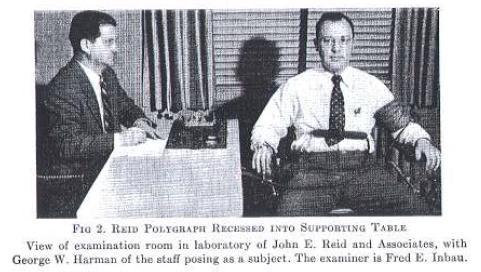Intelligence & Warfare
CIA Projects - Interrogation
The KUBARK Manual was developed by the CIA in June 1963 to improve the interrogation techniques, especially for use on resistant sources, using the findings from up to date psychological research – namely on “effects of debility and isolation, the polygraph, reactions to pain and fear, hypnosis and heightened suggestibility, narcosis, etc.”. The Manual demonstrates ongoing CIA engagement with mind control and mind-altering experiments.
The authors were well aware that their techniques were neither ethnical nor legal, and stated: “Moral considerations aside, the imposition of external techniques of manipulating people carries with it the grave risk of later lawsuits, adverse publicity, or other attempts to strike back.”
The section on the “coercive counterintelligence interrogation of resistant sources” is particularly interesting. The CIA was aware that using coercive interrogation tactics endangered the accuracy of the source’s statements. Nevertheless, the manual lists extensive coercive techniques including:
- deprivation of sensory stimuli through e.g. water tanks,
- threats and fear of coercion being more effective than actual coercion itself,
- heightened suggestibility and hypnosis as a state of regression,
- narcosis / drugs is described to act mainly as an “excuse” to reveal information. “Their function is to cause capitulation, to aid in the shift from resistance to cooperation.”
Among other findings, the KUBARK manual showed that the state of induced isolation which was so useful to Communist interrogators could be achieved more rapidly through sensory deprivation and causing hallucinations.
